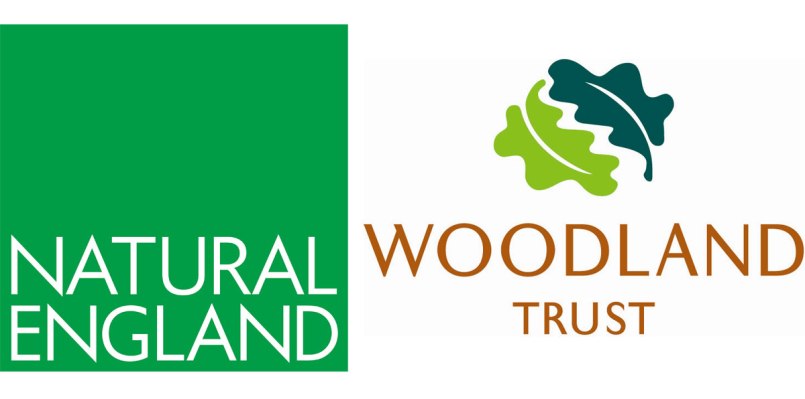Insects are of major ecological importance playing an essential role in ecosystems, pollination, nutrient recycling, and pest control. 1 million species have been described worldwide, although scientists believe the number could be 10 times higher – the UK alone has approx. 24,000 recorded species. https://www.royensoc.co.uk/entomology. Recent declines in the biomass of flying insects have serious ecological consequences, affecting human and ecosystem health and it is recognised that this needs to be urgently addressed. Comprehensive data is crucial to informing effective conservation management and DNA barcoding is being developed to enhance data available from longstanding visual identification methodologies used in the field. DNA barcoding uses a short, standardised segment of a species DNA for identification by comparison to a reference library (equivalent to a field guide). Currently, almost half of known UK species lack DNA barcode data.
A ground-breaking project, UK BioScan, led by Sanger, is piloting a large scale DNA based methodology to assist with long-term biodiversity surveillance to ‘increase understanding about species dynamics (the processes and forces that produce change) by establishing a national framework for DNA-based evaluation of our insect biodiversity’. The aim is to use DNA to study both flying insect biodiversity and species interactions, as the barcoding technique allows identification of plants an individual insect may have eaten or pollinated. Natural England’s East Dartmoor Woods & Heath NNR are participating in this pilot project and Michael O’Shea, a NNR volunteer, shares his experience of the first BioScan session and explains the process below.
On the 26th June 2021, I participated in the assortment and identification of flying insect Orders at Yarner Wood for BioScan. Albert Knott, Natural England’s Reserve Manager assembled a team consisting of staff, volunteers, and identification specialist Bill Urwin, to participate in the assortment and identification of priority insect species. As a bioscience student pursuing a career in entomology, it was an exciting opportunity to assist with the first ever BioScan malaise trap at Yarner Wood.

24 hours prior to the assortment of the flying insects, Albert and Linda Corkerton assembled the double-ended malaise trap. Monitoring abundance and biodiversity using this method is considered essential for the effective conservation of flying insects as it is an effective way of sampling flying insects that can be compared with other sites. The traps only catch a small sample of insects as they have no lure, like light or sugar, relying on insects flying into the open tent and making their way up to the corners (like when camping). During the 24-hour period, any insects which hit the malaise trap descend into an ethanol bottle-trap which instantly kills and preserves the specimens for later assortment.

On the following day, Michael O’Shea (myself), Betina Winkler, Nikki Redding and Albert were assigned to the assortment, plating and recording of all the flying insects under the observation of Bill Urwin. Our job was to separate every single flying insect from the alcohol solution, identify the Order of the insects and deposit each individual specimen into a plate-well. Andy Nisbet, in charge of the manifest recordings, logged each of the plate-wells prior to being sent off to the Sanger Institute for DNA analysis. High quality DNA will be extracted from the specimens using non-destructive methods, with the extracted DNA then being stored within biobanks to allow for sequencing as required.
Specimens under the microscope. Automated digital vouchering through photography of the 96-well plates so that every specimen is accompanied by a high-resolution photograph is being developed. Photos: Albert Knott
When separating each of the insects into their Orders, we started with the larger individuals. The flies were by far the most dominant Order collected and a lot easier to identify by their key features. One of the features which help to separate flies into their Order include the club-like halteres, which are a pair of modified wings which act as flight stabilisers. However, separating the insects that were no bigger than a pin head certainly provided the team with a challenge. The access to microscopes and use of books providing information on the key features of the insect Orders were extremely useful. Fortunately, Bill was there to help confirm or reject our observations, which in turn helped sharpen the team’s eye in the identification process. It is important to note that any of the insects that provided too many identification challenges, such as disfigurement, the way they were folded, and general uncertainty of their Order were logged by Andy as unconfirmed.

The day was a great success, all the team at Natural England were fully in their element sorting through the various Orders which largely comprised of Diptera, the true bugs Hemiptera, and the occasional Plecopteran and Hymenopterans (parasitic wasps). I am extremely thankful to Natural England for giving me this opportunity. Having the hands-on experience has refined my knowledge and understanding of insect Orders, an essential skill I can apply to my future as an Entomologist. The project will continue every four weeks and I am already eager to get involved.
Written by Michael O’Shea – Natural England NNR volunteer


